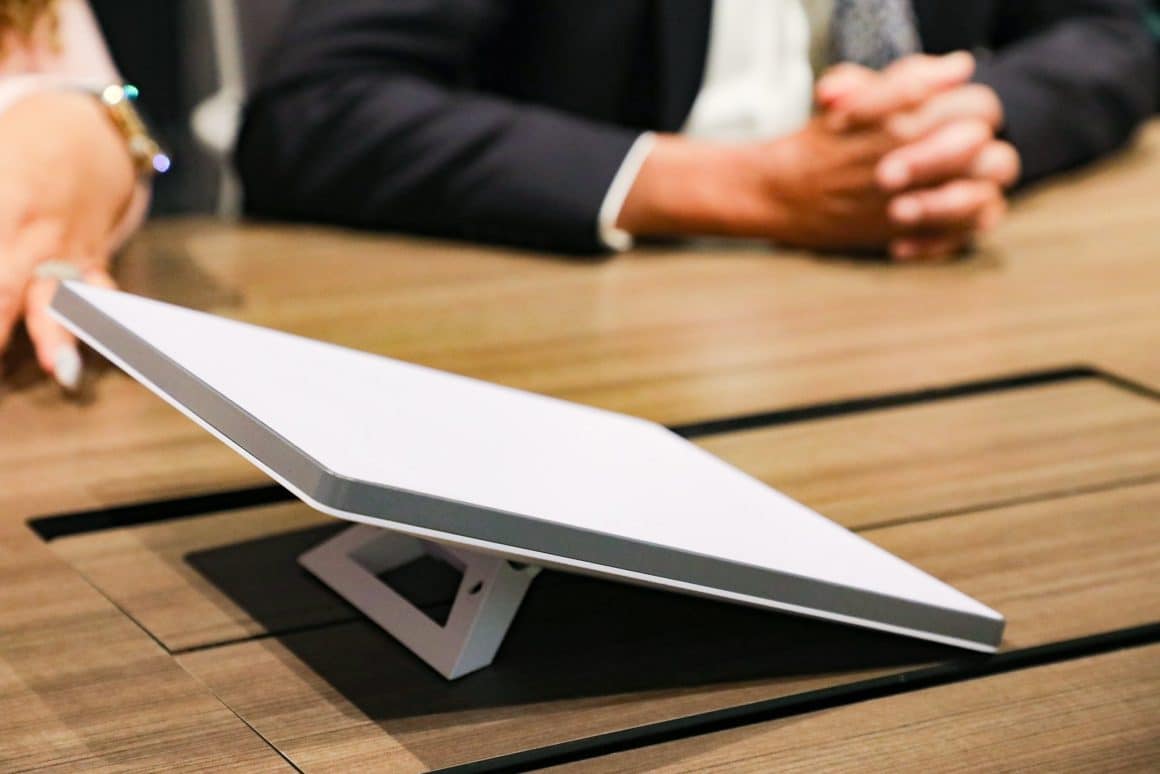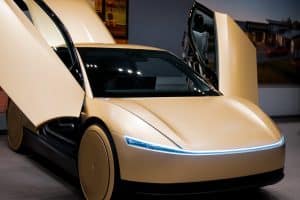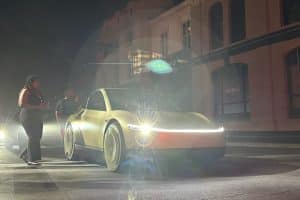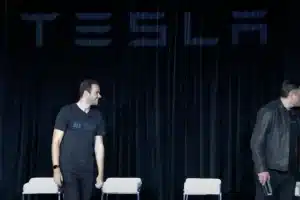- 🚗 Tesla’s new Cybercab robotaxi features an inductive charging system instead of a NACS port.
- 🎥 Videos from the “We, Robot” event teased the wireless charging design and speed for the Cybercab.
- ⚡ The Cybercab’s wireless charging pad offers a speed of 19 kW, faster than Tesla’s Wall Connector but less than Superchargers.
- 🔋 Speculation suggests the Cybercab may use LFP 4680 battery cells to optimize cost and efficiency.
- 💡 The design of the Cybercab’s wireless charger is depicted as an angular square.
Tesla’s recent unveiling of the Cybercab at the “We, Robot” event showcases not only the company’s vision for autonomous vehicles but also a groundbreaking shift in electric vehicle charging technology. The Cybercab boasts an inductive charging system, pushing the boundaries of convenience and efficiency in the realm of electric transportation.
An Overview of Tesla’s Inductive Charging Innovation
Tesla continues to set the standard with the introduction of the Cybercab, the latest entrant in its lineup of autonomous vehicles. Unlike traditional electric vehicles, which rely on the NACS port for charging, the Cybercab employs an inductive charging system. This advancement eliminates the need for physical connectors, enhancing the vehicle’s futuristic appeal and functionality.
Key Features of the Cybercab’s Charging System:
- Inductive Charging Mechanism
- The Cybercab’s charging system is designed to enable seamless, automated charging operations. It utilizes electromagnetic fields to transfer energy between the charging pad and the vehicle.
- This system reduces wear and tear on traditional connectors, potentially lowering maintenance costs.
- Wireless Charging Speed
- The wireless charging pad offers a charging speed of 19 kW at 35% state of charge (SoC), which positions it between Tesla’s Wall Connector and its Superchargers in terms of speed.
- While slower than Superchargers, the 19 kW speed is a considerable improvement over the 11.5 kW provided by the Wall Connector, offering a practical solution for autonomous fleets that prioritize convenience and moderate charging speeds over raw power.
Implications for Tesla’s Autonomous Future
The introduction of inductive charging is a strategic move as Tesla gears up for a future dominated by robotaxis. The Cybercab’s wireless charging capability is particularly significant for:
- Operational Efficiency: Autonomous vehicles in a fleet can charge themselves without human intervention, streamlining operations.
- Urban Deployment: With the potential for charging pads to be installed below parking lots and taxi bays, urban environments can become future-ready without large infrastructural changes.
Exploring the Cybercab’s Potential Battery Technology
Alongside the innovative charging system, Tesla enthusiasts have been speculating about the Cybercab’s battery technology. The buzz around using LFP (Lithium Iron Phosphate) 4680 battery cells suggests a focus on optimizing costs while ensuring efficiency.
Speculated Advantages of LFP 4680 Cells:
- Cost Efficiency: LFP cells are cheaper to produce compared to traditional lithium-ion cells, aligning with Tesla’s strategy to democratize access to electric vehicles.
- Enhanced Safety and Stability: Known for being thermally stable, LFP technology could significantly reduce the risk of overheating.
- Potential Drawbacks: LFP batteries typically offer lower energy density, but their longevity and cost advantages often counterbalance this.
Visual and Design Innovations
Tesla’s design language continues to evolve with the Cybercab. The angular square design of the wireless charging pad is emblematic of Tesla’s commitment to aesthetics complemented by functionality, ensuring that innovations are not just technical but also design-rich.
Conclusion: Paving the Way for Next-Gen Mobility
The unveiling of Tesla’s Cybercab with its inductive charging technology underscores the company’s role as a trailblazer in the automotive industry. By mitigating the complexities of physical connections and streamlining autonomous charging, Tesla is setting a new standard for the electric vehicle market.
As the world stands on the brink of an autonomous transport revolution, Tesla’s innovations will likely serve as blueprints for others in the industry. The Cybercab not only offers a glimpse into a future of seamless, autonomous travel but also challenges us to rethink the limitations of current EV infrastructure.





